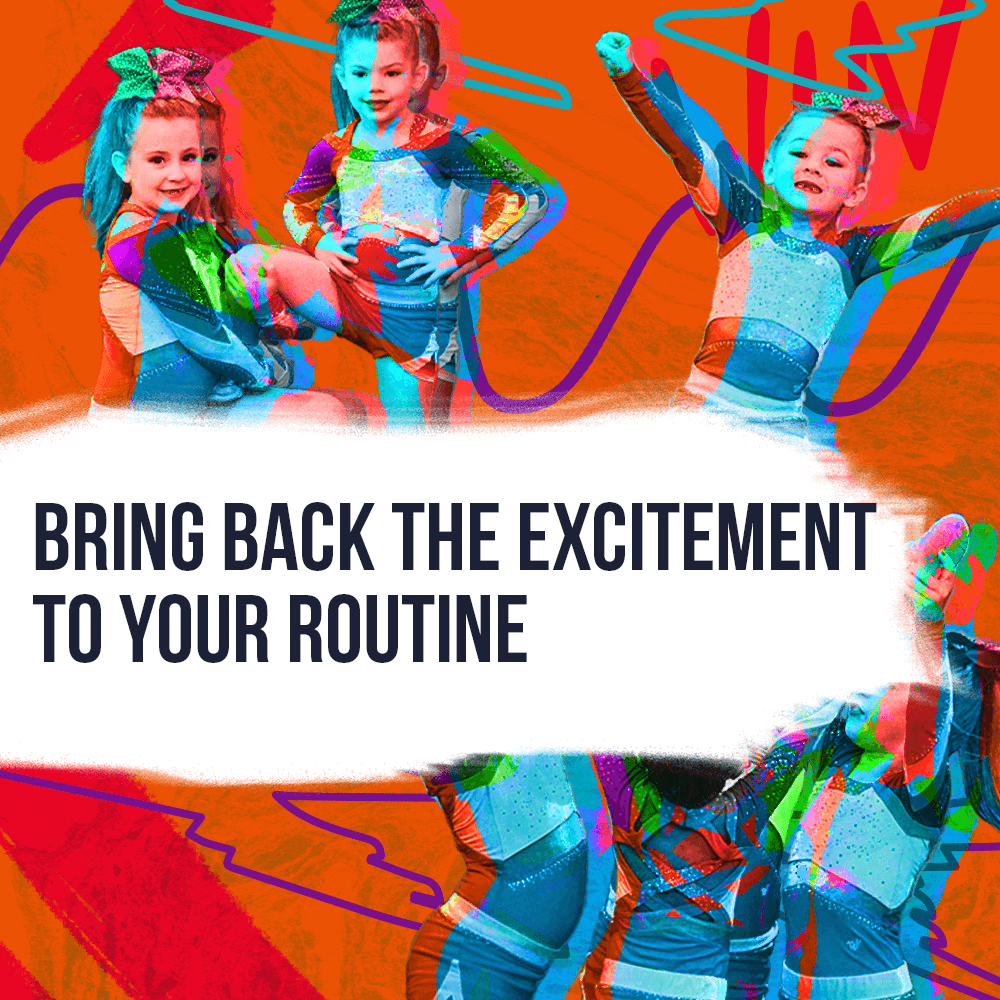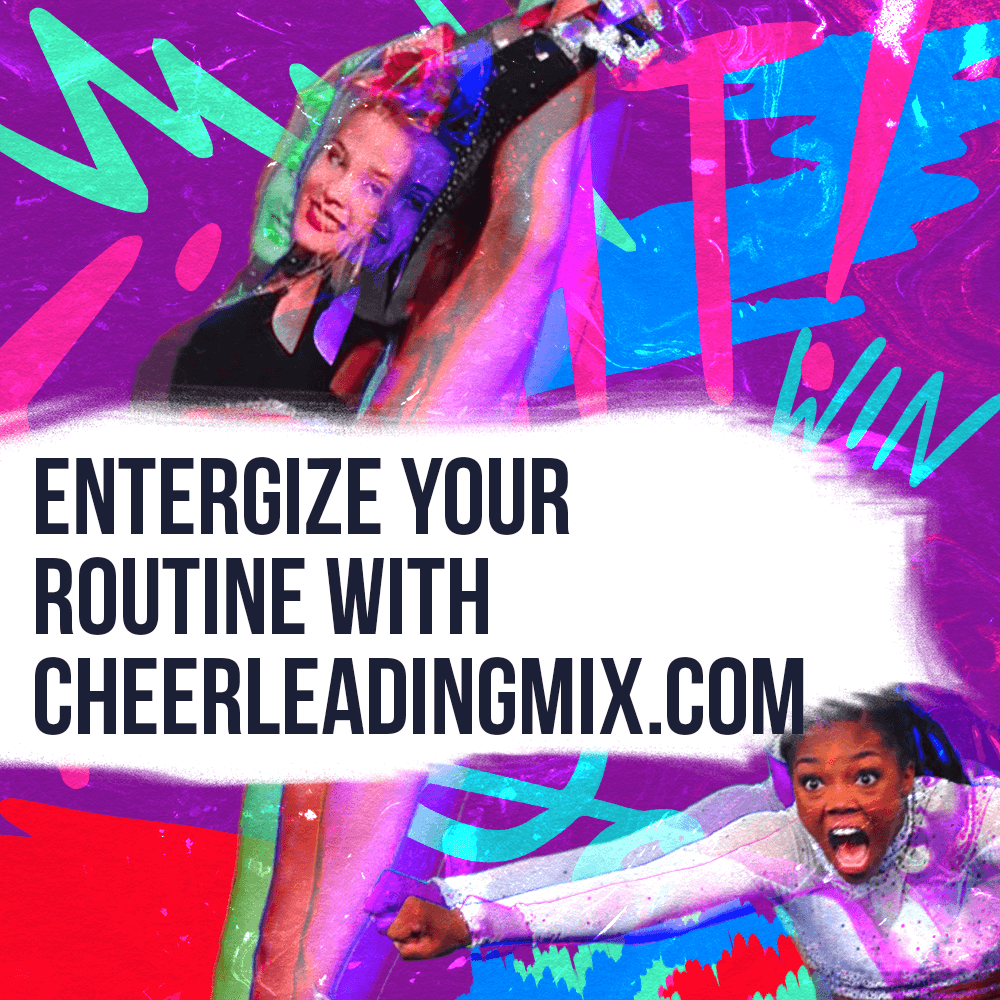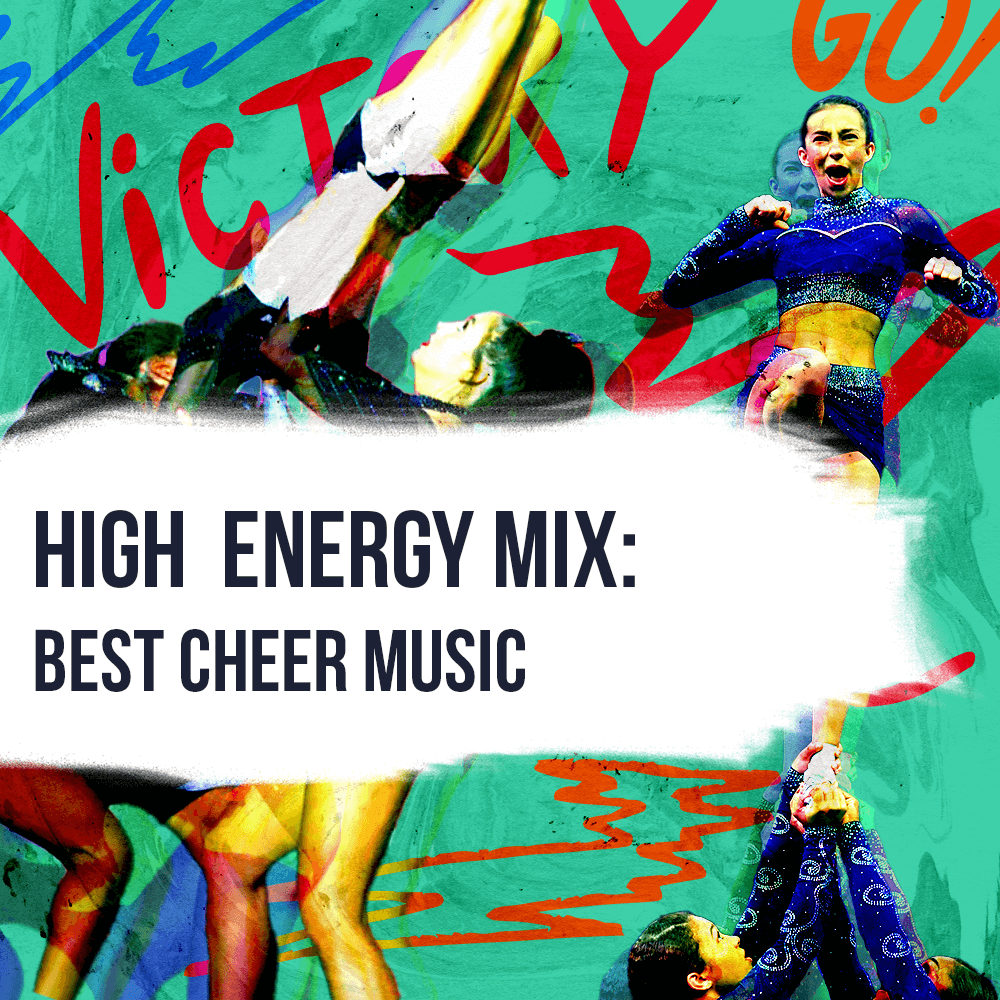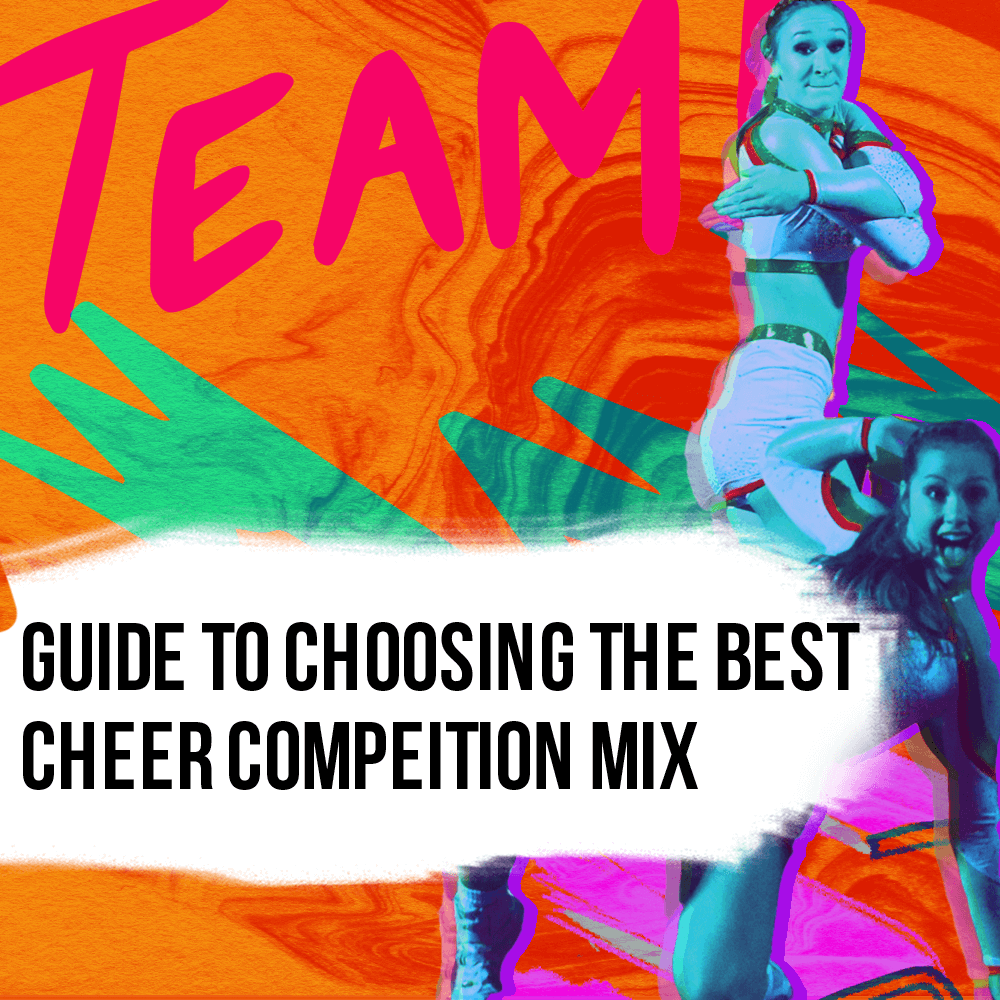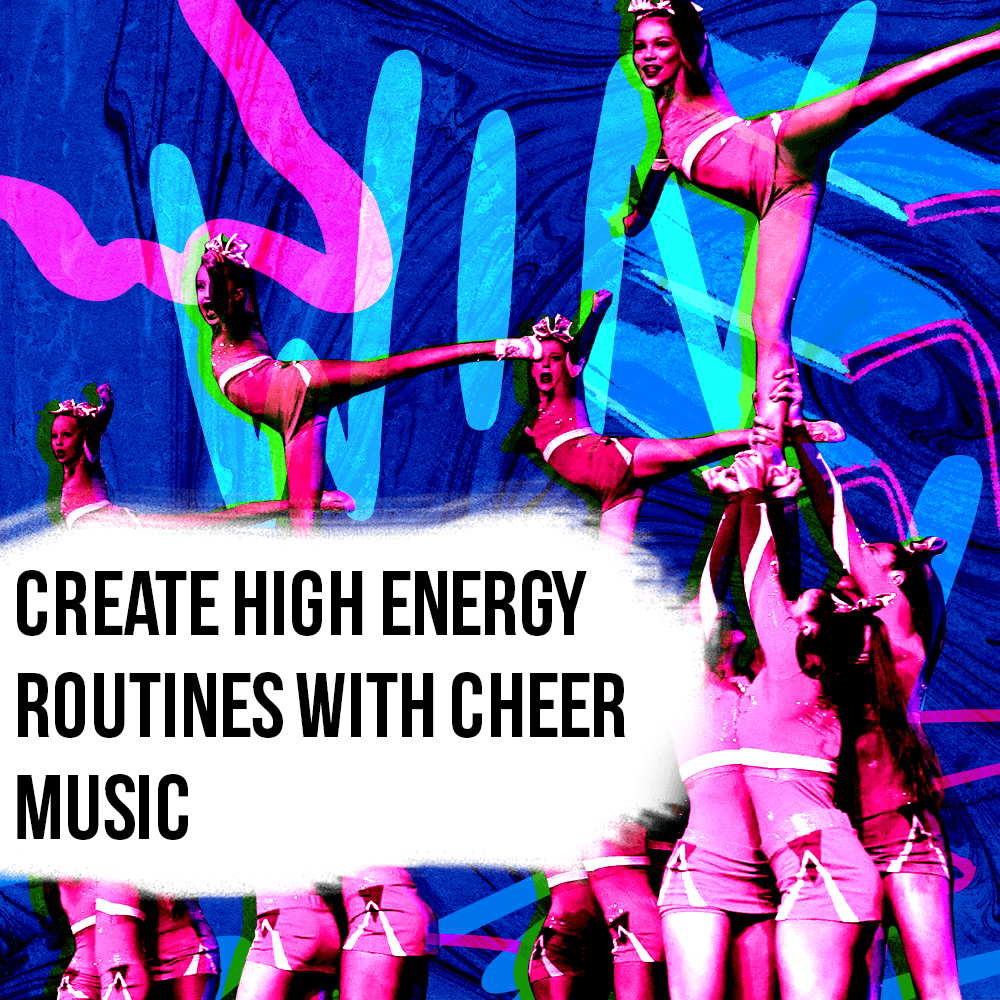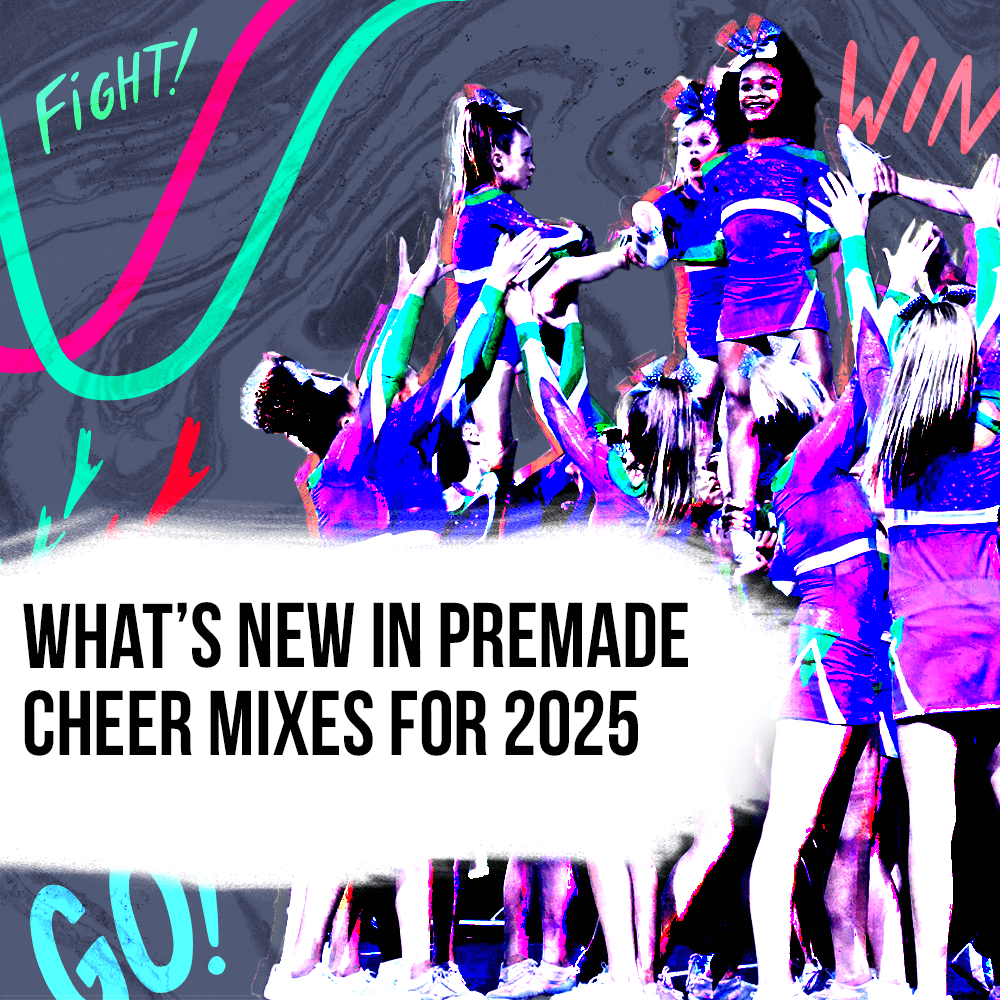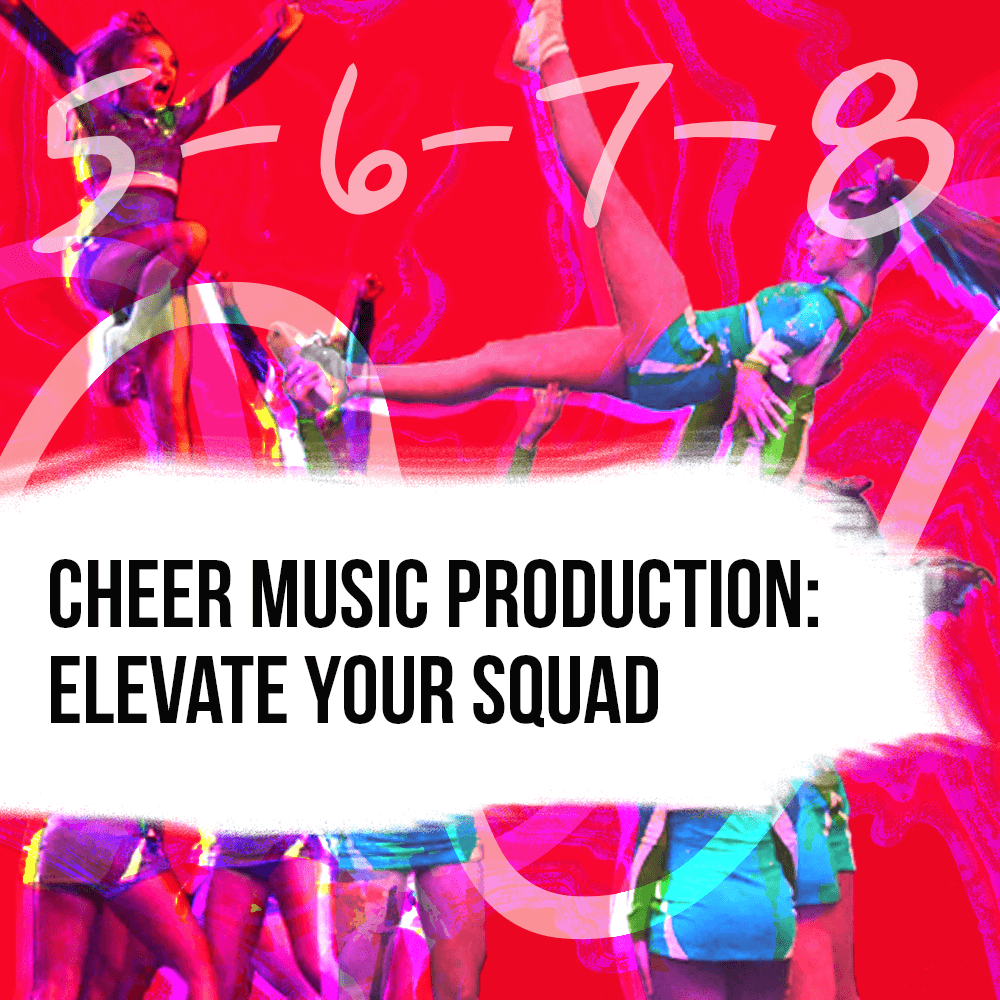
five6seven8
Welcome to the CheerleadingMix blog, where we bring you the hottest mixes, the latest tips, and performance techniques to take you to the top!
Welcome to the world of cheerleading, where music isn’t just background noise—it’s the driving force that keeps the crowd on their feet and the team locked in. At CheerleadingMix.com, we […]
Why Premade Cheer Music Is the Ultimate Game Day Hype Hack When it comes to game day, there’s no room for low energy. Your crowd expects excitement, your team expects […]
Elevate Your Cheer Routine with Licensed Cheer Mixes At CheerleadingMix.com, we know that the right music can transform your cheerleading routine from good to unforgettable. Whether you’re on the sidelines […]
Energy. Precision. Excitement. These are what make a cheerleading performance unforgettable. But there’s one thing that brings it all together: the music. It’s the pulse of your routine, driving every […]
High Energy Mix: Elevate Your Cheerleading Routine with the Best Cheer Music At CheerleadingMix.com, we know that a high energy mix is the heartbeat of every cheerleading routine. These mixes […]
My Guide to Picking the Perfect Premade Cheer Mix on CheerleadingMix.com Cheerleading is all about bringing the hype, syncing up with your squad, and pouring your heart into every move. […]
Music plays an important role in cheerleading routines, acting as the heartbeat that drives energy and coordination. The right cheer dance routine music can improve a performance, making it more […]
Cheerleading has always been about energy, spirit, and working together. At the heart of every exciting routine is the music that drives the performance. Over the years, premade cheer mixes [...]
Cheer music production is key to boosting the excitement and energy of cheerleading performances. A good music mix can change a routine, making it more fun and lively. Cheer music [...]


